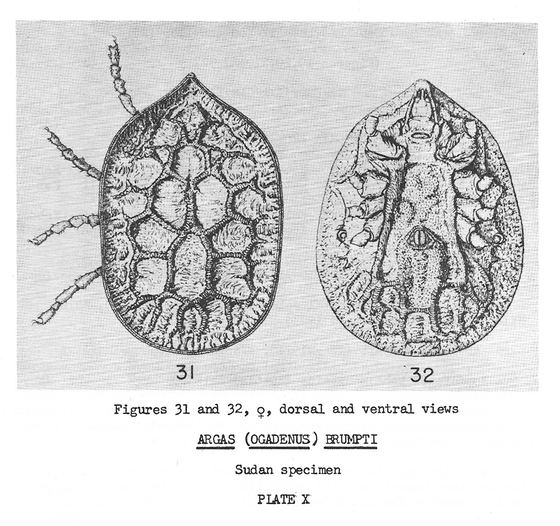Mites that have lived for a total of 27 years, 8 years in a fasted state

An American researcher has released new research results on mites that 'not only survived for 27 years, but also survived in a completely fasted state for eight years.' About four years after the males were wiped out, the females gave birth to offspring, and research on the newly born second generation will be continued.
Record Longevity and Reproduction of an African Tick, Argas brumpti (Ixodida: Argasidae) --PubMed
Ticks survive for 27 years in entomologist's lab | Binghamton News
https://www.binghamton.edu/news/story/3485/ticks-survive-for-27-years-in-entomologists-lab
Keep on Ticking: Entomologist Tells of Ticks '27-Year Lifespan
https://entomologytoday.org/2022/01/14/keep-ticking-argas-brumpti-ticks-longevity-27-year-lifespan/
Julian Shepherd, associate professor of biochemistry at Binghamton University, New York, reported on a new and extraordinarily viable tick. Associate Professor Shepherd was given a tick called 'Argas brumpti' collected in Kenya in 1976, and decided to keep this tick in the laboratory.
Argas brumpti is a large species distributed in arid areas such as savanna and deserts in eastern and southern Africa, and is characterized by its relatively soft outer skin among mites, which are mostly species with a hard layer under the skin. In addition, general mites continue to ingest food for several days, and many of them swell as their body shape changes after eating, but this species is also characterized by a relatively crisp finish.
The actual Argas brumpti bred by Associate Professor Shepherd is as follows. It is unknown whether it is the individual in the photo, but it seems that the largest individual in breeding has reached a total length of 2 cm.

Associate Professor Shepherd put four adult males, six females, and three juveniles as gifts in a glass bottle to maintain 21 degrees Celsius and 81% relative humidity, which is optimal for tick growth. .. However, the biggest problem was 'feeding', and at first, Argas brumpti was infested with experimental rabbits, mice, rats, etc. that Associate Professor Shepherd kept for his research subject. In 1984, these mites were no longer fed because they stopped conducting animal experiments.
The mites that were forced to fast in this way were wiped out by males about four years later. On the other hand, after the female survived for another four years, Associate Professor Shepherd began to feed again.
Associate Professor Shepherd discovers an 'egg' among the females who have survived for a total of eight years in a fasted state. According to Associate Professor Shepherd, many mites are parthenogenetic only in females, but they are almost impossible in Argas brumpti. According to the research result that 'sperm passed from males is stored in the reproductive tract and fertilized after eating food' in related species, Associate Professor Shepherd said, 'Received from males more than 4 years ago. It is speculated that the sperm was fertilized by re-ingesting the food. '

The eggs are said to have hatched safely, and the grown second generation will be sent to a South African research team that is phylogenizing mites by DNA analysis. Associate Professor Shepherd commented on the results of this study: 'I am impressed with the viability and adaptability of mites. They specialize in the niche ability to keep waiting to get a meal. Especially this time Argas brumpti is fasting. It's a rare example of being able to survive in a situation. '
Related Posts:
in Creature, Posted by darkhorse_log







